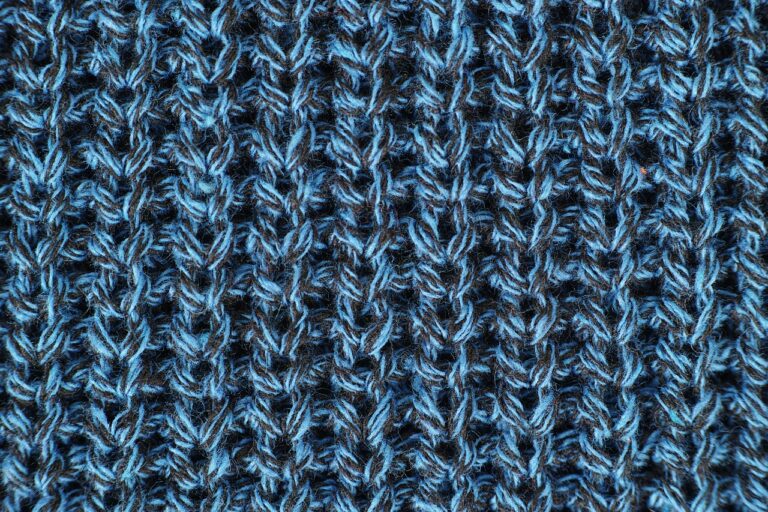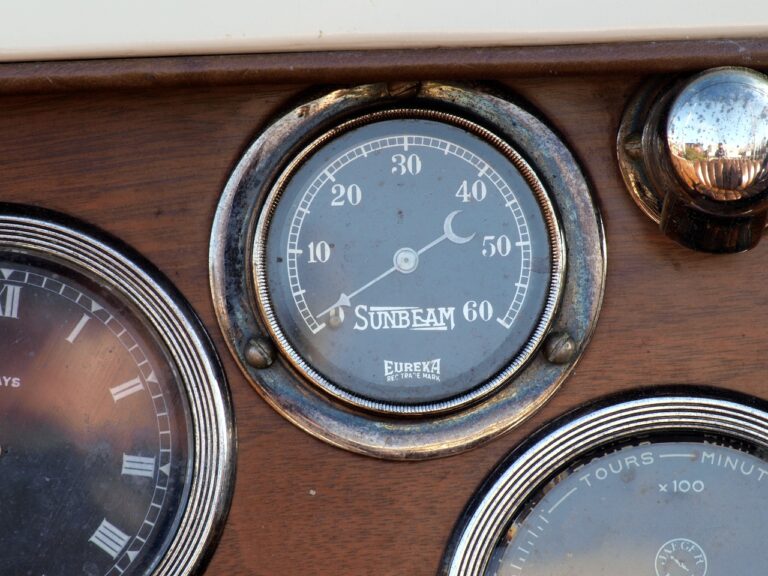Fashion and Technology: How Wearable Tech Is Revolutionizing the Industry
Wearable technology has a fascinating history that dates back to the 17th century when abacuses were attached to rings and used as counting tools. This marked the early stages of integrating technology into wearable items. As time progressed, the concept of wearable tech evolved, leading to the creation of devices like the first digital watch introduced by Pulsar in the 1970s. This innovative timepiece paved the way for the integration of technology and fashion.
In the 21st century, wearable technology saw a significant surge in popularity with the introduction of devices like fitness trackers and smartwatches. Companies like Fitbit and Apple propelled the market forward, making wearable tech more mainstream and accessible to the general public. Today, wearable technology continues to evolve, offering a blend of style and functionality that seamlessly integrates into our daily lives.
The Evolution of Wearable Tech in Fashion
As technology continues to advance at a rapid pace, the fashion industry has embraced the integration of wearable tech into clothing and accessories. From smartwatches that track fitness goals to clothing embedded with sensors that monitor posture and movement, the marriage of technology and fashion has expanded the possibilities for both industries. Designers are now incorporating innovative materials and functionalities into their creations, blurring the lines between fashion and technology.
One of the key drivers of the evolution of wearable tech in fashion has been the increasing demand for multifunctional and connected products. Consumers are looking for more than just aesthetics in their clothing and accessories – they want items that can enhance their lives and provide added value. This shift in consumer preferences has propelled brands to develop smart clothing and accessories that not only look good but also offer practical features such as biometric tracking, wireless connectivity, and even interactive capabilities.
• Wearable tech in fashion has evolved to meet the demand for multifunctional and connected products
• Consumers are seeking clothing and accessories that offer practical features beyond aesthetics
• Smart clothing and accessories now incorporate biometric tracking, wireless connectivity, and interactive capabilities
• The integration of technology into fashion blurs the lines between traditional apparel and innovative wearables
Popular Wearable Tech Devices in the Fashion Industry
One prevalent wearable tech device making waves in the fashion industry is the smartwatch. With features that go beyond telling time, smartwatches have seamlessly integrated into daily fashion statements. From monitoring health metrics to receiving notifications, these devices offer a blend of functionality and style that appeals to a wide range of consumers.
Another popular wearable tech device gaining traction is the smart jewelry. These elegant pieces combine traditional accessories with modern technology, allowing users to stay connected discreetly. With features like call notifications and activity tracking, smart jewelry caters to those looking to incorporate innovation into their everyday attire.
What is wearable technology?
Wearable technology refers to devices that are worn on the body, often in the form of accessories or clothing, that are designed to perform specific functions or tasks.
Can you give examples of wearable tech devices in the fashion industry?
Some popular wearable tech devices in the fashion industry include smartwatches, fitness trackers, smart clothing, and augmented reality glasses.
How has wearable technology evolved in the fashion industry over the years?
Wearable technology has evolved from basic fitness trackers to stylish smartwatches and even tech-infused clothing that can monitor your health, track your activity, and even change color or pattern based on your preferences.
How has wearable technology impacted the fashion industry?
Wearable technology has revolutionized the fashion industry by merging fashion and functionality, offering consumers stylish and practical ways to stay connected, track their health, and express themselves through their clothing and accessories.







